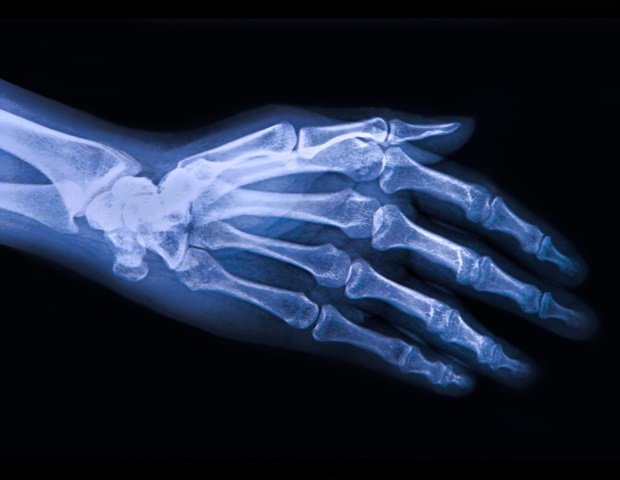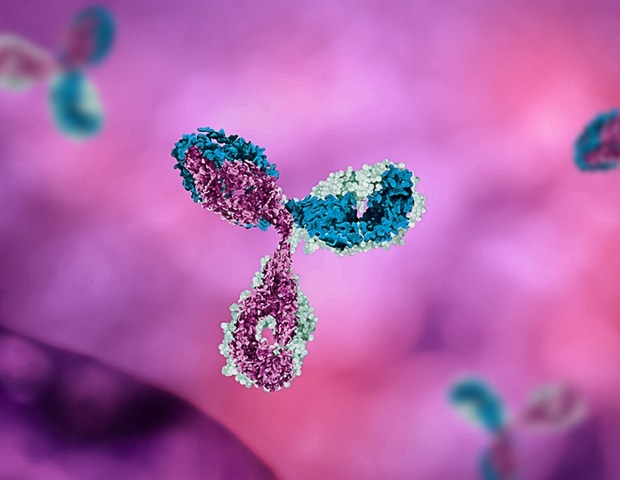People who take an anticoagulant medicine double their risk of an internal bleed if they take a type of painkiller called a non-steroidal anti-inflammatory drug (NSAID) such as ibuprofen, diclofenac or naproxen, according to research published in the European Heart Journal today (Monday).
Anticoagulants are usually prescribed to people who develop a blood clot in the legs or lungs, known as a venous thromboembolism, which affects about one in 12 people. NSAIDs are a popular type of painkiller used to manage issues like headaches, period pain, back pain and arthritis.
The new study is the largest of its kind and shows that there is an increase in the risk of bleeding in the gut, brain, lungs and bladder.
The research was carried out by a team from Aarhus University Hospital in Denmark. They used data from Danish nationwide registries on 51,794 people given anticoagulants to treat a blood clot between 2012 and 2022.
In Denmark, diclofenac and naproxen are prescription-only medications, and around 75% of ibuprofen is prescribed rather than bought over the counter. This allowed the researchers to compare the proportion of people taking blood thinners who went on to suffer an internal bleed while they were taking an NSAID or not.
Overall, researchers found that the risk of a bleed was 2.09 times higher when people were taking an NSAID and a blood thinner, compared to those taking a blood thinner and no NSAID. The risk for ibuprofen was 1.79 times higher, for diclofenac the risk was 3.3 times higher and for naproxen, the risk was 4.1 times higher.
The risk of a bleed in the gut with NSAID use was 2.24 times higher. The risk of a bleed in the brain was 3.22 times higher. In the lungs, the risk of a bleed was increased by 1.36 times. In the urinary tract the risk of a bleed was 1.57 times higher. There was also almost a tripling of the risk of anaemia caused by bleeding.
The researchers looked at several types of blood thinners – including rivaroxaban, apixaban, dabigatran, edoxaban and warfarin – and found a similar pattern of risk.
We found that for patients taking blood thinners for blood clots in the legs or lungs, using NSAIDs doubled the risk of bleeding compared with not using NSAIDs. The increased bleeding risk associated with NSAID use was not limited to the digestive tract but also seemed to affect other organ systems.
For people taking blood thinners for blood clots in their legs or lungs, our research highlights the importance of being cautious when considering NSAIDs for pain or inflammation. We recommend that patients consult their doctor before taking NSAIDs along with a blood thinner."
Mr. Søren Riis Petersen, study's author from Aarhus University Hospital
In an accompanying editorial Professor Robert F Storey from the University of Sheffield, UK, said: "Oral anticoagulants (OACs), including vitamin K antagonists (VKAs) such as warfarin and the direct-acting oral anticoagulants (DOACs) apixaban, dabigatran, edoxaban, and rivaroxaban, are central to the treatment and prevention of a range of thrombotic conditions, including venous thromboembolism (VTE), a term encompassing deep vein thrombosis and pulmonary embolism.
"All currently available OACs increase the risk of bleeding. In the management of VTE, a significant proportion of patients are recommended long-term OAC, meaning that cumulative risk can be considerable. OAC-related bleeding can range from events that are usually termed trivial, for example superficial bruising or gum bleeding, through to major bleeding, associated with significant disability or even death.
"NSAIDs are very commonly used for their analgesic, antipyretic, and anti-inflammatory properties. Making up 8% of prescriptions worldwide, but also available without prescription, they are consumed in huge quantities every year.
"It seems clear that avoiding NSAIDs in combination with OAC is the safest strategy to avoid excess bleeding risk. However, if this is not possible, what mitigation can be put in place? NSAID prescription should obviously be at the lowest dose and for the shortest time possible, but choice of agent and route may also be important.
"An episode of VTE mandates initiation of anticoagulation, usually an OAC, in all but the rarest of circumstances. However, when doing so, physicians must consider the full context of a patient's bleeding risk factors, including NSAID use. It is important to appropriately counsel the patient, consider alternatives to NSAIDs, including non-pharmacological therapies, and pursue all possible mitigation strategies to reduce the chance of an adverse outcome."
Source:
Journal reference:
Petersen, S. R., et al. (2024). Bleeding risk using non-steroidal anti-inflammatory drugs with anticoagulants after venous thromboembolism: a nationwide Danish study. European Heart Journal. doi.org/10.1093/eurheartj/ehae736.

 3 days ago
1
3 days ago
1















.png)

.png)
.png)
.png)













 English (US) ·
English (US) ·  Hindi (IN) ·
Hindi (IN) ·